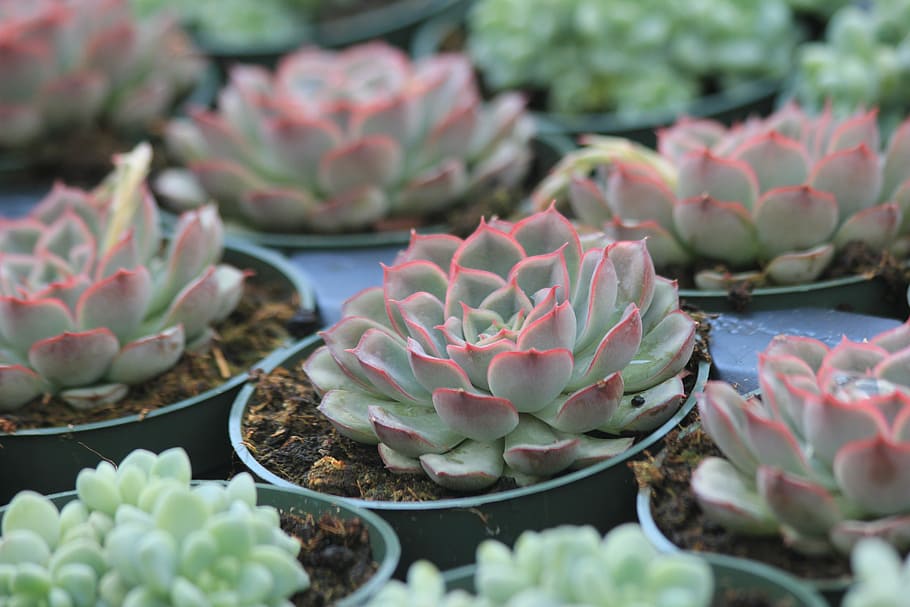
Succulents are among the most popular plants for indoor and outdoor gardening due to their attractive shapes, variety of colors, and ease of care. But what do you do when your succulent grows tall and leggy, or perhaps when its top is looking so good you want to propagate it? You behead it. The term ‘beheading’ may sound drastic, but for plants, particularly succulents, it’s a common horticultural practice that promotes better growth and propagation.
Understanding Beheading: Its Importance for Succulent Plants
Unlike its sound, beheading a succulent is not harmful. Instead, it’s a useful technique that can breathe new life into your plant. When your succulent becomes etiolated, or stretched out due to insufficient light, beheading allows the plant to regain its compact, appealing form. Furthermore, the beheaded top and the remaining stem can both sprout new growth, essentially giving you two plants where there was one.
The Step-by-Step Guide to Beheading a Succulent
Step 1: Choose the Right Succulent First and foremost, identify the succulent that needs beheading. Look for signs of stretching or a particularly good-looking top that you want to duplicate.
Step 2: Prepare Your Tools Before starting, ensure you have a clean, sharp knife or pair of pruning shears. It’s crucial to use clean tools to avoid introducing any disease to the plants.
Step 3: Mark the Cut With a marker, lightly mark the stem where you plan to make your cut. A good rule of thumb is to leave about 1-2 inches of stem below the lowest set of leaves.
Step 4: Make the Cut Carefully cut through the stem at the marked spot. Be sure to make a clean cut; jagged edges could cause the plant to get diseased.
Step 5: Let it Heal After cutting, leave the beheaded top and the remaining stem in a dry, shaded spot to allow the cut end to callous over. This usually takes a few days to a week.
Step 6: Plant the Beheaded Top Once the cut end has calloused, plant the top in well-draining succulent soil. Be careful not to water the newly planted cutting for a few days to avoid rot.
Step 7: Care for the Remaining Stem The remaining stem will also callous and eventually sprout new heads. Leave it in its original pot with its regular light conditions and water when the soil is completely dry.
Common Challenges and Tips for Success
The most common challenge you may face when beheading a succulent is the potential for rot or disease at the cut site. Ensuring your tools are clean and letting the cut ends callous over before planting can mitigate this risk.
The second challenge involves the care of the plants post-beheading. Both the beheaded top and the remaining stem will need careful attention. Avoid overwatering, which can lead to root rot, and provide appropriate light to prevent the new growth from stretching.
In conclusion, beheading a succulent may seem like a drastic measure, but it’s an effective way to salvage a stretched-out plant or propagate a good-looking top. With clean tools, careful handling, and the right care post-beheading, you can ensure that your plants stay healthy and thrive. Happy gardening!

